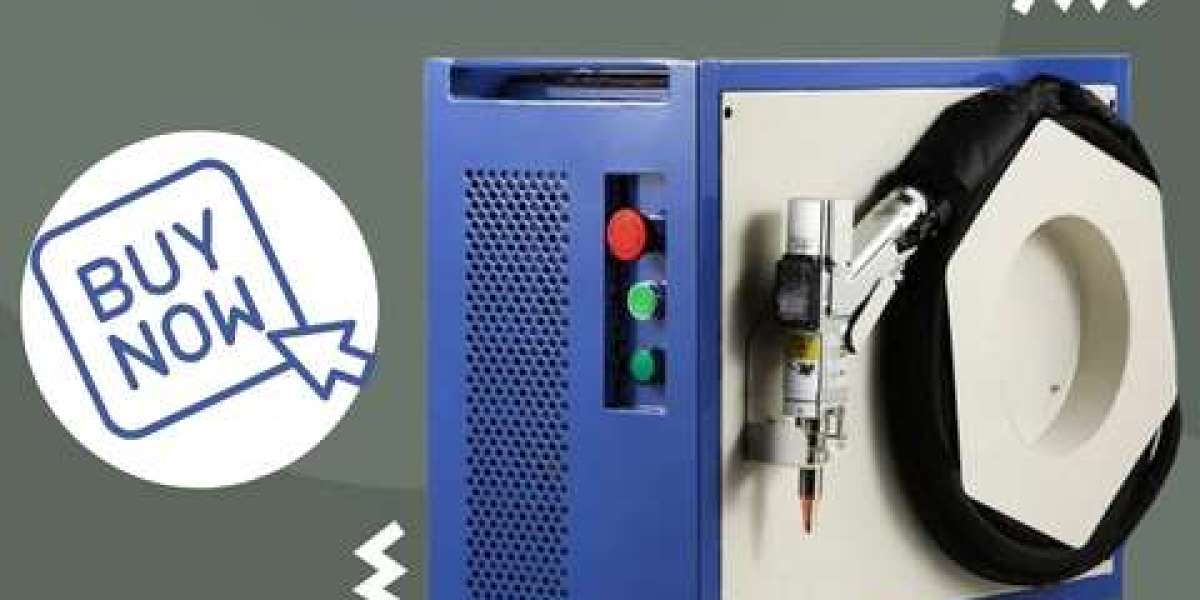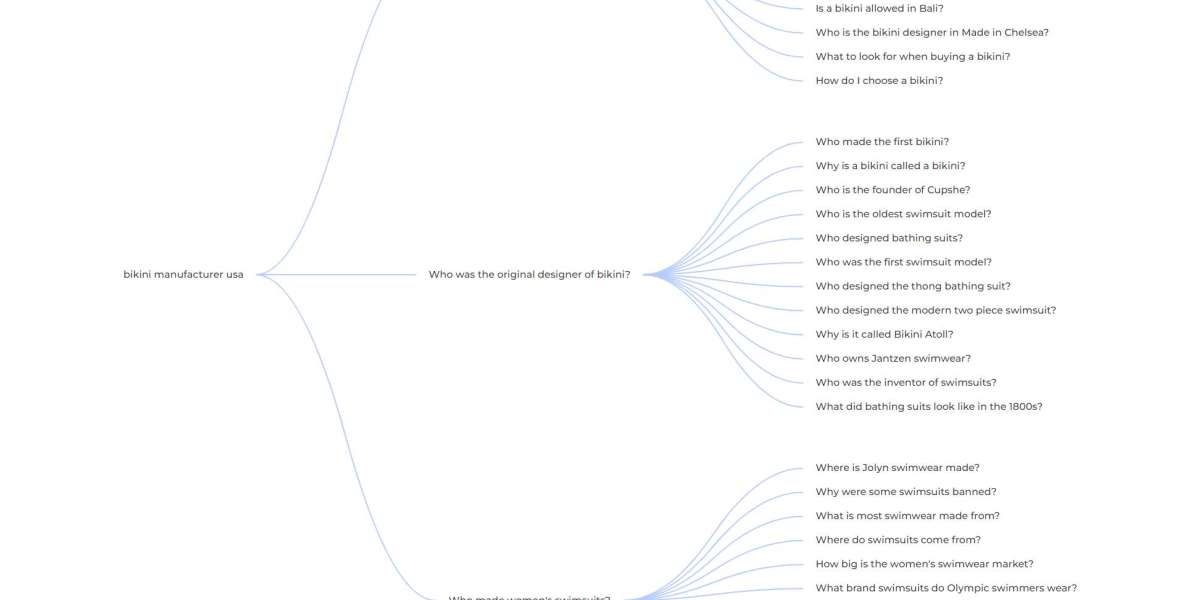Rust on metal surfaces is a common problem that can compromise the integrity, appearance, and longevity of materials used in various industries. Traditionally, rust removal methods have included mechanical scraping, abrasive blasting, and chemical treatments. However, the advent of laser rust removal machine is changing the landscape of metal cleaning. These high-tech machines use focused laser beams to remove rust and other contaminants, offering an eco-friendly, efficient, and precise solution for rust removal.
How Does a Laser Rust Removal Machine Work?
A laser rust removal machine operates by directing high-powered laser beams at the rusted metal surface. The intense heat from the laser beam causes the rust to vaporize, leaving the underlying metal intact and free from contaminants. Unlike traditional methods, this process does not require abrasive materials or harmful chemicals, making it not only more effective but also environmentally friendly.
The key components of a laser rust removal machine include:
- Laser Source: The core of the system, typically a fiber laser, which generates the focused beam of light.
- Laser Head: The mechanism that directs the laser beam onto the rusted surface.
- Cooling System: Essential for keeping the machine at optimal operating temperature.
- Control Panel: Used by operators to adjust the laser’s intensity, duration, and focal length to match specific cleaning requirements.
Laser rust removal technology can be used for a variety of applications, from cleaning small, intricate parts to large, industrial-scale projects.
Advantages of Laser Rust Removal Machines
Precision and Control: One of the primary advantages of laser rust removal is its precision. The laser can be precisely focused on specific areas, ensuring that rust is removed without damaging the underlying material. This level of control is essential when working with delicate or complex surfaces.
Eco-Friendly: Traditional rust removal methods often use toxic chemicals or abrasive substances, which can be harmful to the environment. In contrast, laser rust removal is a clean and sustainable process, producing minimal waste and eliminating the need for hazardous chemicals.
Cost-Effective: Although the initial investment in a laser rust removal machine can be significant, the long-term savings can be substantial. The precision and efficiency of laser technology reduce the need for consumable materials (such as abrasive media or chemicals), and the machines require less maintenance compared to traditional equipment. Additionally, the ability to handle a variety of rust types without specialized treatments lowers operational costs.
Time Efficiency: Laser rust removal machines can clean large surfaces quickly without the need for repeated applications. The speed and efficiency of this method make it ideal for industrial applications where time is crucial, such as in manufacturing or repair operations.
Safety: Laser rust removal eliminates many of the hazards associated with traditional rust removal techniques. There is no risk of exposure to harmful chemicals or dust, which is particularly beneficial in industries where worker safety is a priority.
Applications of Laser Rust Removal Machines
Laser rust removal machines are versatile and can be used in various industries, including:
- Automotive Industry: Cleaning rust from vehicle parts, such as engines and bodywork, without damaging the underlying metal.
- Manufacturing: Restoring old equipment and machinery, ensuring they perform optimally for longer periods.
- Construction and Heavy Machinery: Removing rust from large metal structures or machinery used in construction, ensuring safety and performance.
- Marine Industry: Preventing and removing rust from boats, ships, and other marine equipment, extending their lifespan and improving their appearance.
Is a Laser Rust Removal Machine Worth the Investment?
For businesses involved in industries where rust removal is a regular task, investing in a laser rust removal machine can prove to be a game-changer. While the initial cost may seem high, the long-term benefits—ranging from improved efficiency and precision to reduced maintenance and waste—make it a cost-effective solution.
In conclusion, the laser rust removal machine represents the future of rust removal technology. Its ability to remove rust quickly, efficiently, and without harmful chemicals makes it an invaluable tool for any industry dealing with metal maintenance. As this technology continues to evolve, we can expect even more innovations that further improve its performance and accessibility, making it the go-to solution for rust removal in the years to come.



